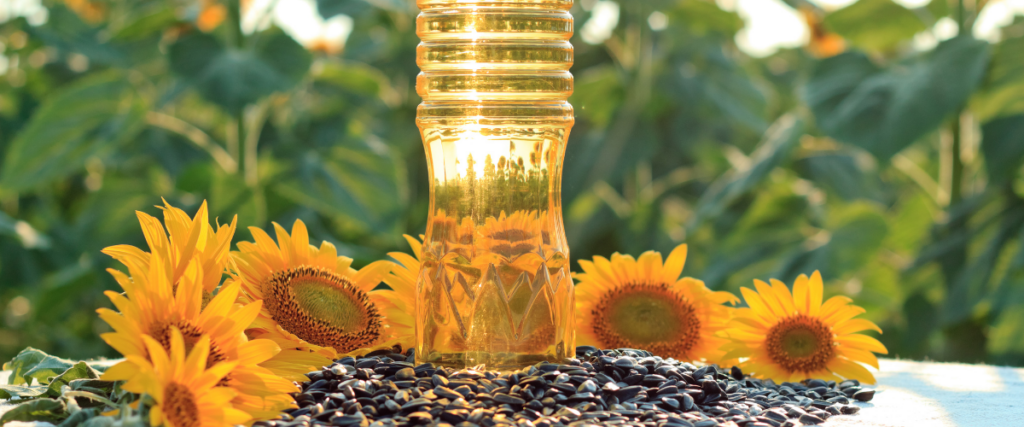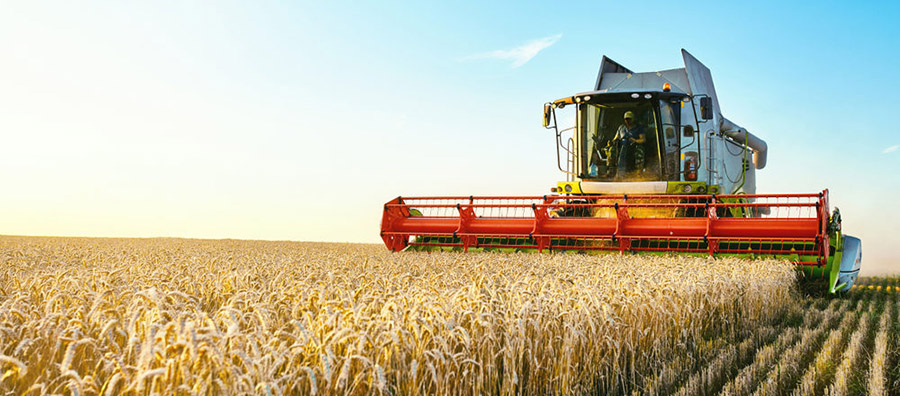
Commercial and competitive surveillance is essential in the current business environment, since it allows us to be aware of trends, competitive movements and opportunities in the market. It facilitates adaptation to changes in consumer demand and contributes to economic growth, business efficiency and evolving market satisfaction.
Global market
The global oilseed market is a major market: the value of the oilseed market in 2022 was $239.05 billion and is estimated to be $359.7 billion in 2032. Oilseed crops occupy more than 180 million hectares of cropland around the world, and this figure is increasing. According to several market research companies, the expected CAGR of the oilseeds market is 4.2%; This represents moderate but constant and sustainable growth over time.
Species dynamics in the market
- The oilseed species with the greatest competitive advantage is the palm, since it has a global production percentage of 36%, while it has a land use of 8.6% (around 425 mega hectares).
- Soybeans are responsible for 25.5% of global vegetable oil crops, but in this case require 39% of global land use. In other words, more land area for cultivation compared to palm.
- Canola ranks third with 11.3% of the world's total vegetable oil production, while utilizing 12% of the world's oilseed cultivation area.
- Sunflower is the fourth most important oil, responsible for 9% of global vegetable oil production and uses 8.3% of arable land for this purpose, which is lower in yield.
- Finally, among the most relevant species in the global context, is the olive tree, which represents 1.6% of the vegetable oil produced worldwide, and 3.3% of land use.

Understanding and adjusting modifiable factors in oilseed production is crucial to improving the quality of the raw material. This impacts the quality of the final product, market competitiveness and sustainability. Optimizing these factors benefits producers and the supply chain. Competitiveness begins with the raw material in the oilseed production chain.
Factors to improve the competitiveness of oilseeds
- Vegetable oil extraction methods: As mechanical expression and solvent extraction.
- Yield: High yields contribute to supply stability and competitive prices.
- Disease resistance: research focuses on the development of resistant varieties.
- Nutritional profile: Improved expression of key nutrients.
Non-modifiable factors that can affect competitiveness
- Climate and natural phenomena: choosing tolerant varieties and sustainable practices.
- Geography and soil: Implementation of soil management practices and selection of adapted varieties.
- Economic and market factors: Diversification, risk management and collaboration with associations.
- Government policies and regulations: participation in policy formulation.
Overall, improving the competitiveness of oilseeds requires a comprehensive approach that addresses both modifiable and non-modifiable factors.
Thus, commercial and competitive surveillance emerges as a fundamental pillar to understand and capitalize on the potential of oilseeds in the business field. These plants not only offer opportunities in the food sector, but also constitute a valuable source of renewable and sustainable resources. International collaboration and the integration of diverse approaches, both within the industry and in interdisciplinary research, are crucial elements to face the coming challenges and take advantage of emerging opportunities in this dynamic sector.



